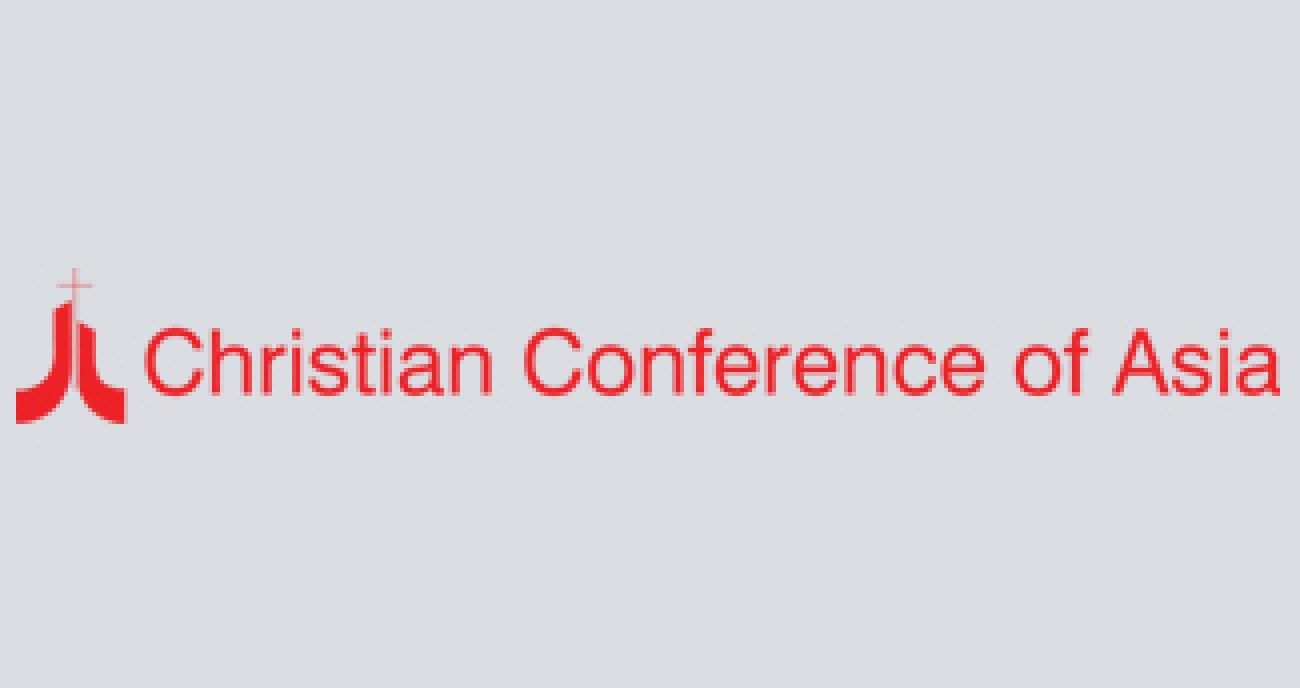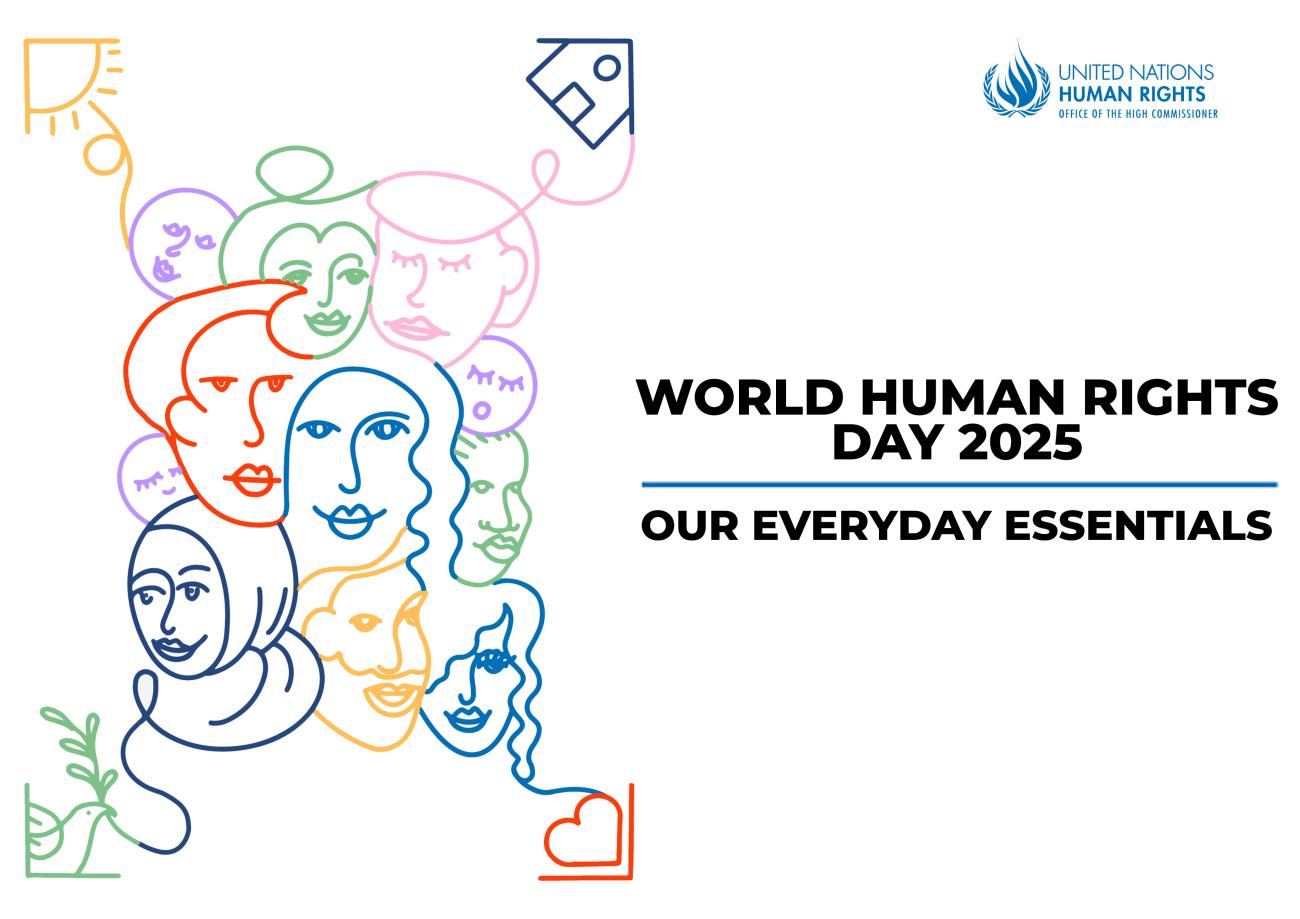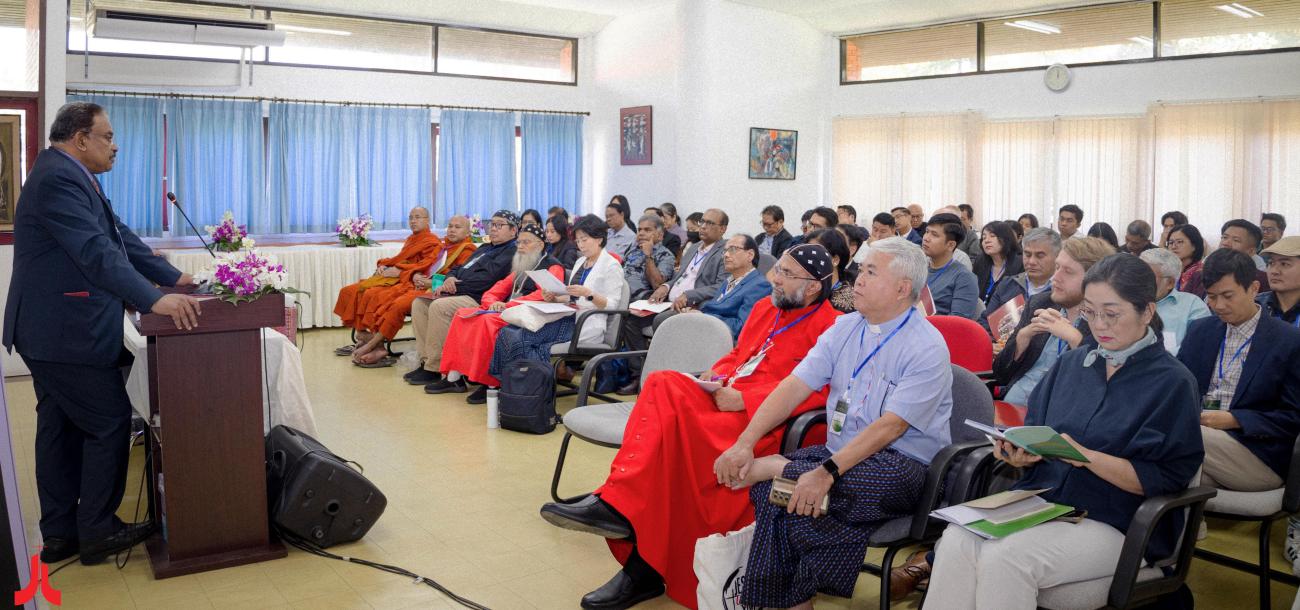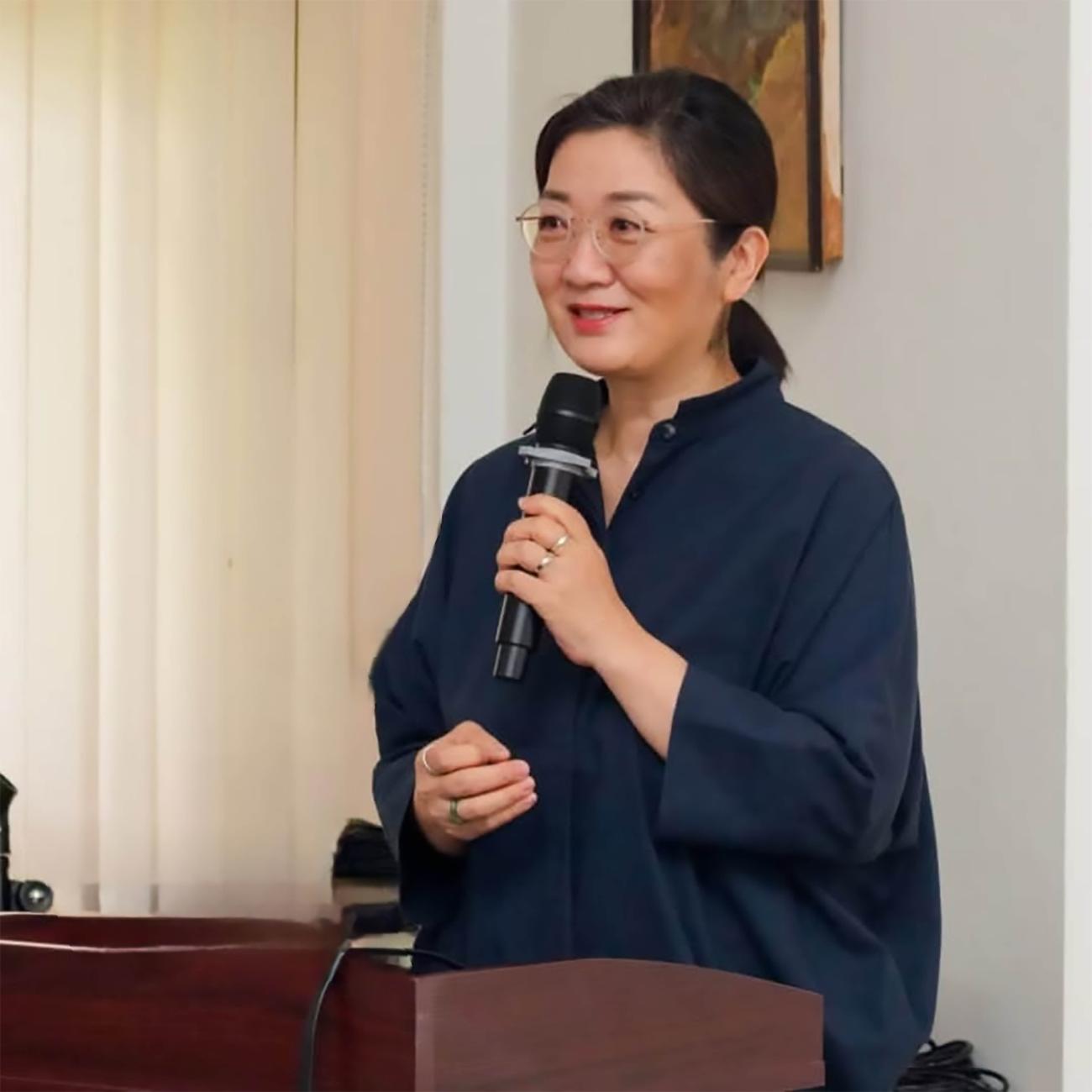Peace is Today Dangerously in Deficit

WORLD REFUGEE DAY 2014
20 June 2014
"Peace is today dangerously in deficit. We are seeing here the immense costs of not ending wars, of failing to resolve or prevent conflict. Humanitarians can help as a palliative, but political solutions are vitally needed. Without this, the alarming levels of conflict and the mass suffering that is reflected in these figures will continue.” Mr. António Guterres, UN High Commissioner for Refugees, World Refugee Day 2014The year 2013 has been one of the most challenging years in UNHCR’s history, as it was marked by a continuation of multiple refugee crises, reaching levels unseen since the Rwandan genocide in 1994. More than 2.5 million persons were forced to abandon their homes and seek protection outside the borders of their country, most of them in neighboring countries. Children below 18 years constituted 50 per cent of the refugee population in 2013, the highest figure in a decade.
The war in the Syrian Arab Republic into its third year in 2013, was the primary cause of these outflows, as highlighted by two dramatic milestones. In August, the one millionth Syrian refugee child was registered; only a few weeks later, UNHCR announced that the number of Syrian refugees had passed two million. The Syrian Arab Republic had moved from being the world’s second largest refugee-hosting country to being its second largest refugee-producing country – within a span of just five years.
Refugees
By end-2013, 51.2 million individuals were forcibly displaced worldwide as a result of persecution, conflict, generalized violence, or human rights violations. The global figure included 33.3 million internally displaced persons (IDPs) and close to 1.2 million asylum-seekers. If these 51.2 million persons were a nation, they would make up the 26th largest in the world. (Inputs from UNHCR’s annual Global Trends report 2013).
By region, Asia and the Pacific had the largest refugee population overall at 3.5 million people. Sub-Saharan Africa had 2.9 million people, while the Middle East and North Africa had 2.6 million. Overall, the biggest refugee populations under UNHCR care and by source country are Afghans, Syrians and Somalis – together accounting for more than half of the global refugee total. Pakistan was host to the largest number of refugees worldwide (1.6 million), followed by the Islamic Republic of Iran (857,400), Lebanon (856,500), Jordan (641,900), and Turkey (609,900).
It is interesting to note that more than 5.4 million refugees under UNHCR’s mandate (46%) resided in countries where the GDP per capita was below USD 5000, and developing countries hosted 86 per cent of the world’s refugees, compared to 70 per cent 10 years ago. This is the highest value in more than two decades. The Least Developed Countries were providing asylum to 2.8 million refugees by the end of 2013.
Internal Displacement meaning people forced to flee their homes but still in their own country – amounted to a record 33.3 million people, accounting to the largest increase of any group in the Global Trends report. For UNHCR and other humanitarian actors, helping these people represents a special challenge as many are in conflict zones, where getting to aid to them is difficult and where they lack the international protection norms afforded to refugees.
Statelessness is estimated to have affected at least 10 million persons in 2013. The worldwide population of stateless people is not included in the figure of 51.2 million forcibly displaced people since being stateless doesn't necessarily correlate to being displaced. But for 2013, as statelessness remains hard to quantify with precision, as per data communicated to UNHCR there are 3.5 million stateless individuals in 75 countries, which is about a third of the number of people estimated to be stateless globally.
The year 2013 saw the fourth lowest level of refugee returns in almost a quarter century – 414,600 people. Some 98,400 refugees were resettled in 21 countries.
Faith and Protection
During the fifth UNHCR’s “Dialogue on Protection Challenges” in December 2012, the theme of which was – “Faith and Protection” – the High Commissioner said that "for the vast majority of uprooted people, there are few things as powerful as their faith in helping them cope with fear, loss, separation, and destitution. Faith is also central to hope and resilience."
Religion very often is key in enabling refugees to overcome their trauma, to make sense of their loss and to rebuild their lives from nothing. Worship and religious traditions help uprooted people reconfirm their identity as individuals and as members of a community. Faith provides a form of personal and collective support among victims that is crucial for their ability to recover from conflict and flight. It contributes much more than many people think to the protection and well-being of refugees…and eventually to finding durable solutions,” he added.
Role of churches, faith based organizations and religious leaders
The role of churches and religious leaders, and faith based organizations is therefore to help create and strengthen welcoming communities for refugees and other persons of concern to UNHCR, and to build tolerant and inclusive communities, based on the common values of caring and respect for the stranger; to promote reconciliation and peaceful coexistence – in the country of origin after a conflict, during refugees' stay in exile, and upon the return of the displaced, facilitating the reintegration into their home communities and to explore the potential of stronger inter-religious dialogue to respond to the staggering refugee situation and for finding long lasting solutions.
"The stranger who resides with you shall be to you as one of your citizens; you shall love him as yourself, for you were strangers in the land of Egypt." (Leviticus 19:33-34)
Inputs from UNHCR Annual Global Trends 2013 Report Photo sources: Internet








